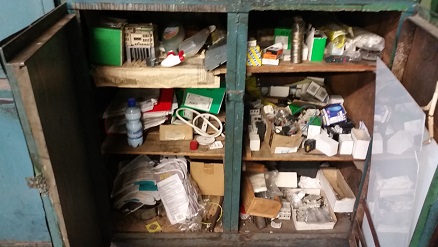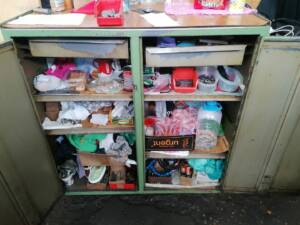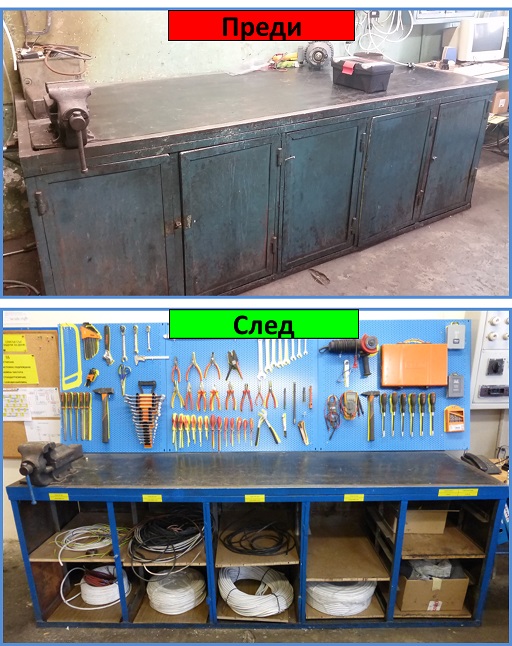What is hidden in closed spaces?
What is hidden in closed spaces – Chaos. This is what we find most often, when we open the closed spaces. Or more precisely but said “hidden”, “invisible”. We humans are prone to this, which we do not want or cannot arrange to hide. For this, various types of closed spaces conveniently facilitate us – cupboards, drawers, suitcases, entire rooms and hard-to-reach warehouses in productions.
but said “hidden”, “invisible”. We humans are prone to this, which we do not want or cannot arrange to hide. For this, various types of closed spaces conveniently facilitate us – cupboards, drawers, suitcases, entire rooms and hard-to-reach warehouses in productions.
Most Lean practitioners call this phenomenon “hidden factory” (hidden factory). Closed spaces can contain various problems and obstacles, which negatively affect performance, safety and production quality. Here's what can be hiding in confined spaces and why they should be removed:
What is hidden in closed spaces:
- Unnecessary materials and tools

- Excess stock: Excess raw materials, semi-finished or finished products, that take up space and block workflows.
- Old or unused tools: Equipment and tools, which are not used, but they take up space and create chaos.
- Pollution and waste
- Hidden dust and dirt: Dust and dirt, which accumulate in hard-to-reach or neglected areas, creating risks to product quality and worker safety.
- Waste materials: Scraps and trash, which are not properly disposed of, making the work process difficult and creating hazards.
- .
- Safety issues
- Health and safety hazards: Concealed areas may contain potential hazards such as sharp edges, unstable structures or toxic substances, which are not adequately marked or secured.
Why should we remove them?:
- Improving efficiency
- Quick and easy access to everything you need: The elimination of unnecessary elements and the optimization of spaces make it easier to quickly find and use the necessary materials and tools.
- Optimization of work flows: Practicing the 5S methodology leads to better organization and continuity of work flows.
- Quality improvement
- Defect reduction: Clean and well-organized spaces reduce the risk of contamination and manufacturing defects.
- Consistency and standardization: Standardized and clean work areas contribute to better consistency in production processes.
- Improving safety
- Reducing risks: Removing unnecessary and dangerous items from enclosed spaces reduces the risks of accidents and injuries.
- Safe working conditions: Improving the cleanliness and organization of work areas results in safer working conditions for all employees.
- Reducing waste
- Efficient use of resources: By eliminating redundant materials and tools, waste is reduced and resource efficiency is improved.
- Sustainability: Waste reduction and process optimization contribute to more sustainable and ecological production.
- Increasing employee motivation and engagement
- A better work environment: A clean and well-organized work environment increases the motivation and commitment of employees.
- A sense of belonging and responsibility: Involving employees in the process of maintaining the 5S culture makes them feel more engaged and responsible for their work environment.
In our work, we have set a fight against hidden spaces as part of the first step in 5S – Sorting. It must affect every single object in the designated area and examine any enclosed or hidden space as “an enemy” on 5S.
The possible solutions are many and depend on the specifics of the subjects and on the ingenuity of the team. The basic purpose of the first step is to uncover them and sort out anything unnecessary there.




